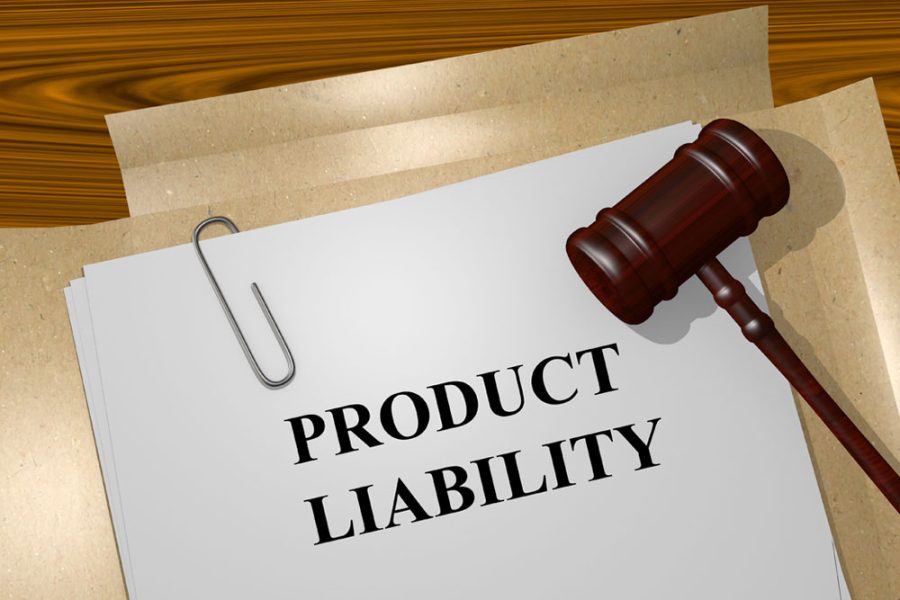When a product fails and causes harm, determining who is legally responsible is not only crucial for the victim’s compensation but also for ensuring such incidents do not recur. Product liability cases can be complex, involving multiple parties and intricate laws. Understanding how to identify the responsible party is the first step toward achieving justice.
Understanding Product Liability
Product liability refers to a manufacturer or seller being held liable for placing a defective product into the hands of a consumer. Responsibility for a product defect that causes injury may lie with any party in the product’s chain of distribution, including the product manufacturer, a manufacturer of component parts, a party that assembles or installs the product, the wholesaler, and the retail store that sold the product to the consumer.
The Role of Manufacturers
Manufacturers are often the first to be scrutinized in product liability cases. If the product was inherently unsafe during the design, had a manufacturing flaw, or lacked adequate warnings or instructions, the manufacturer might be to blame. Identifying the specific point where the defect occurred is essential in pinpointing responsibility.
Distributors and Retailers
While manufacturers often bear the brunt of the liability, distributors and retailers can also be held accountable. If they knew about the defect and failed to act, or if they did not follow manufacturer guidelines, their role in a consumer’s injury could make them liable.
Legal Theories in Product Liability Cases
There are several legal theories under which a party can be held responsible in product liability cases:
- Strict Liability: Often, the victim does not need to prove negligence if they can show the product was defective and caused harm.
- Negligence: This requires proving that the responsible party’s breach of duty directly caused the injury.
- Breach of Warranty: This involves a failure to fulfill the terms of a promise, claim, or representation made about the product’s quality or type of use.
Gathering Evidence
Collecting and presenting evidence is crucial. This includes documenting the product defect, medical reports of injuries, expert testimonies, and any records of similar incidents. Such evidence can help demonstrate the defect and link it directly to your injuries.
Identifying the responsible party in a product liability lawsuit requires a comprehensive understanding of both the product’s lifecycle and the laws that govern product safety. Victims of defective products should consult with an experienced personal injury attorney to navigate these complex issues effectively and advocate for their rights.

